If you explore any list of the most beautiful places on earth, Scotland will always be near the top. Bursting with misty valleys and sun-dappled crags, with only the occasional Highland cow for company, the Scottish wilderness has inspired poets, artists, and novelists for thousands of years. Even when shrouded in cloud and drizzle (as it so often is), the rugged beauty and ancient splendour of the landscape still draws you in.
The North Coast

From Aviemore to Loch Lomond, there is so much to see in Scotland, and planning your visit can be tough. Unlike other well-trodden visitor destinations, Scotland is not so much comprised of distinct attractions as it is a place to be enjoyed as a whole. You'll find very few tourist hotspots, viewing points or coach tours in the Highlands - just miles and miles of staggering scenery and gorgeous landscapes. To really get the most of this wild part of the world then, your best bet is to hop in a car and drive, blasting your favourite tunes and watching as the hillside flies past your window. Though there are several very strong road trips in Scotland, we think the absolute best is the North Coast 500.
Snaking round the coastline at the very top of the Highlands, the North Coast 500 takes in (you guessed it) 500 miles of crumbling castles and whisky distilleries to explore, whilst enjoying the fabulous driving along coastal roads. At every point along your journey, the sea is by your side, broken up by hidden inlets and bays to stop in and discover. Despite being so far north, the beaches here are perfect natural coves of white sand and turquoise sea, hugged by the occasional secluded village or dark stone manor house.
What is the Route?

Most people who do the North Coast 500 start, and end, their journey in Inverness. Known as the gateway to the Highlands, this sleepy northern town is full of hiking stores, guesthouses and hotels to prepare for the open wilderness. From there, the wide A9 road stretches north along the east coast, taking in Tain, Helmsdale and Wick, before hitting the flat northern top.
Most visitor’s take a brief stop at John O’ Groats, the UK’s northernmost town, before continuing their journey west to Thurso, Tongue and Durness. Finally, the road turns south again, this time along the spectacular west coast – widely considered the most beautiful section of the route. Forking away from the main routes, the road narrows down to scenic coastal paths, ducking back and forth around the bays and taking in the many islands that line the western coast.
Following the route all the way down past Ullapool, to Poolewe and Applecross, the journey ends with a cross-country stretch back to Inverness.
Top Attractions Along the Way
Castles:
Inverness Castle – Before even leaving Inverness, there is already plenty to see. Stroll along the River Ness and take in the views of the castle as it stands above the hill. Unfortunately, the castle currently houses the Inverness Justice Centre, so it is no longer open to the public, but it is beautiful to walk up to.

Dunrobin Castle – This spectacular stately home is located on the west coast, just north of Golspie. Surrounded by glorious gardens, inspired by the Gardens of Versailles, this A-listed building is worth half a day to properly explore inside and out. Book here.

Dunbeath Castle – this 13th century castle is still a private residence and sits on the east coast of Caithness, towering over the cliff edge. By appointment only, visitors are welcome to explore the well-maintained gardens, or simply view this magnificent castle from across the bay.

Distilleries:
Glen Ord Distillery: Just outside of Inverness, this distillery makes use of the large barley crops of the Black Isle to produce single malt whisky. A one-hour tour of the distillery will guide you through the process and offer you the chance to sample three of the whiskies distilled on site. Prices start at £15. Book here.
Glenmorangie Distillery: This is the most popular distillery on the NC500, located halfway up the east coast. Glenmorangie is sold all over the world and many people relish the opportunity to take a tour and see how their favourite single malt is produced! Book here.
Clynelish Distillery: Not long down the road is Clynelish Distellery, another popular option. Producing for major brands such as Johnnie Walker, the distillery also produces its own super-rare single-malt, known as Brora. Clynelish offer a 1.75 hour “full-sensory” tour and tutored whisky tasting inside their recently renovated space, for £15. Book here.
Best Beachside Campsites:

Dunnet Bay: If you fancy the idea of waking up to the sounds of the sea, settle down in Dunnet Bay for the night, just west of John O’ Groats. With a private path down to the sea, and a huge shoreline to explore, this is one of the NC500 routes' most popular campsites. Book here.
Sango Sands: Located at the north-western tip of the UK, Sango Sands is a beachside oasis, with several nearby coves to wander in and unwind. It even has a nearby zip-line! Stretching across a particularly beautiful bay, see the sites from the sky as you whizz over the beach. Book here.
Clachtoll Beach: This west coast campsite has everything: shop, social barbecue space, free wetsuits for hire and easy path down to the beach. For gorgeous sunset views, take the path to the right as you walk towards the beach, to watch the sun set over the open sea. Book here.
General Advice:
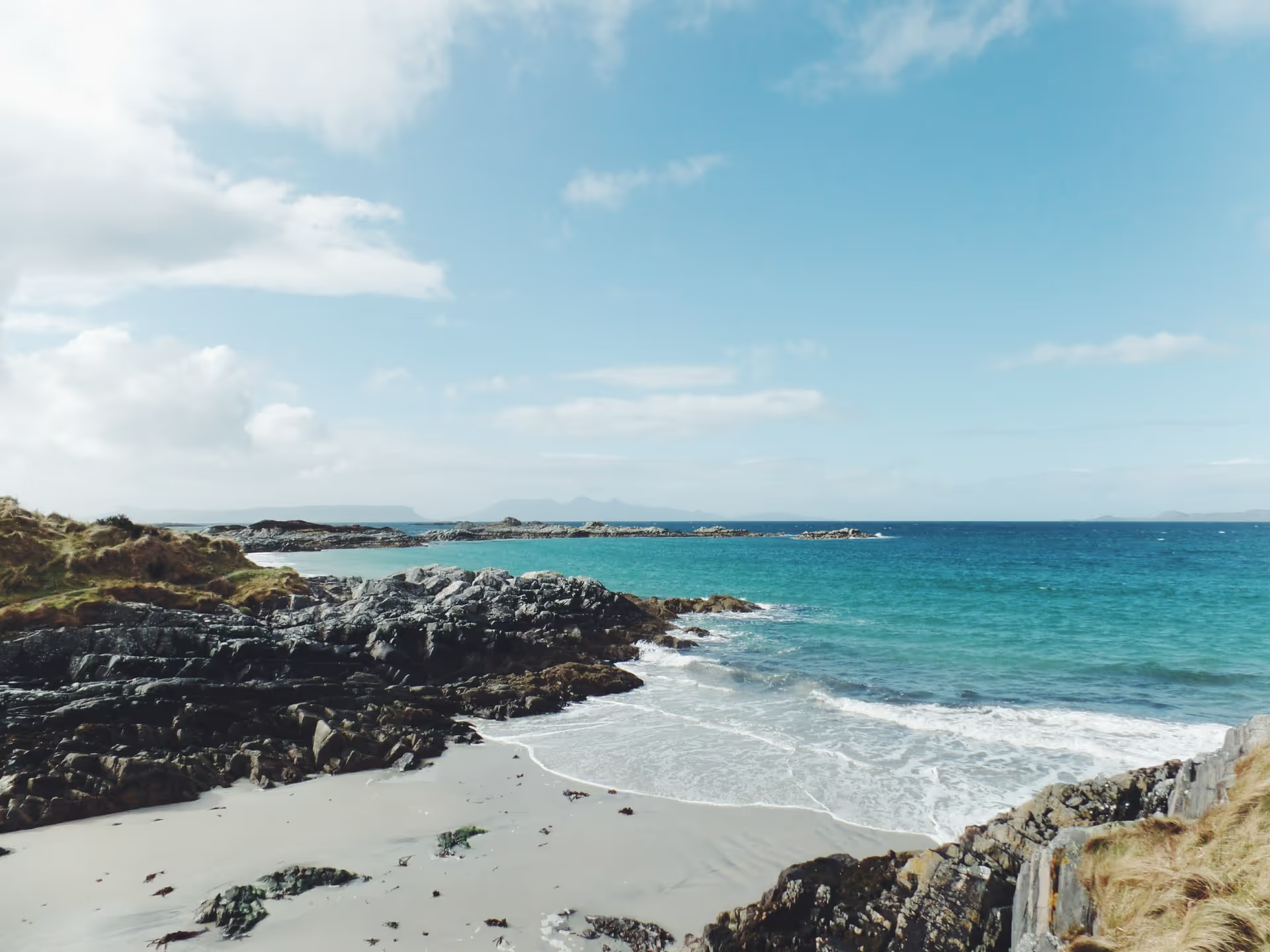
Most people agree that you need at least a week to properly enjoy the NC500. Despite it being around ten hours of driving, you want several days to slow down, explore and have mini adventures along the way. Check out the North Coast 500’s official website for endless tips, routes and itineraries, personalised to your interests.
There are several hotels and guesthouses along the route, that likely need to be booked in advance, particularly if visiting in summer. Many people, however, prefer to camp. You may have heard that in Scotland it is legal to wild camp wherever you go. This is only partially true – there are many places where it is not allowed, and locals along the route have been very vocal about their distaste for the practice. If you do choose to do so, make sure you have done your research beforehand, so you know how to camp respectfully and legally!
Wild camping laws do not count for campervans, although you wouldn’t know it for the hundreds of campervan dwellers that choose to park up for the night on all sections of the route every year. If you are planning on “stealth” camping in your van – try to find lay-bys and parking spots well away from villages and private land, where no one is likely to run into you.
The west coast is also far harder for wide vehicles, due to the size of the roads. Most of the roads in this section only have enough space for one vehicle, despite being two-way! If doing the route in a large van, or even an RV, consider skipping this section and taking the main road further inland.
Finally, enjoy! The beauty of this route is the freedom to stop at any point to get out and explore, so don’t worry about over-planning. It’s extremely difficult to get lost (the whole drive is practically one long road), but even if you do – you can count on locals to get you back on track!
Starting from Skratch? Here are a Few Tips to Get You Started:
https://www.visitscotland.com/see-do/tours/driving-road-trips/north-coast-500/






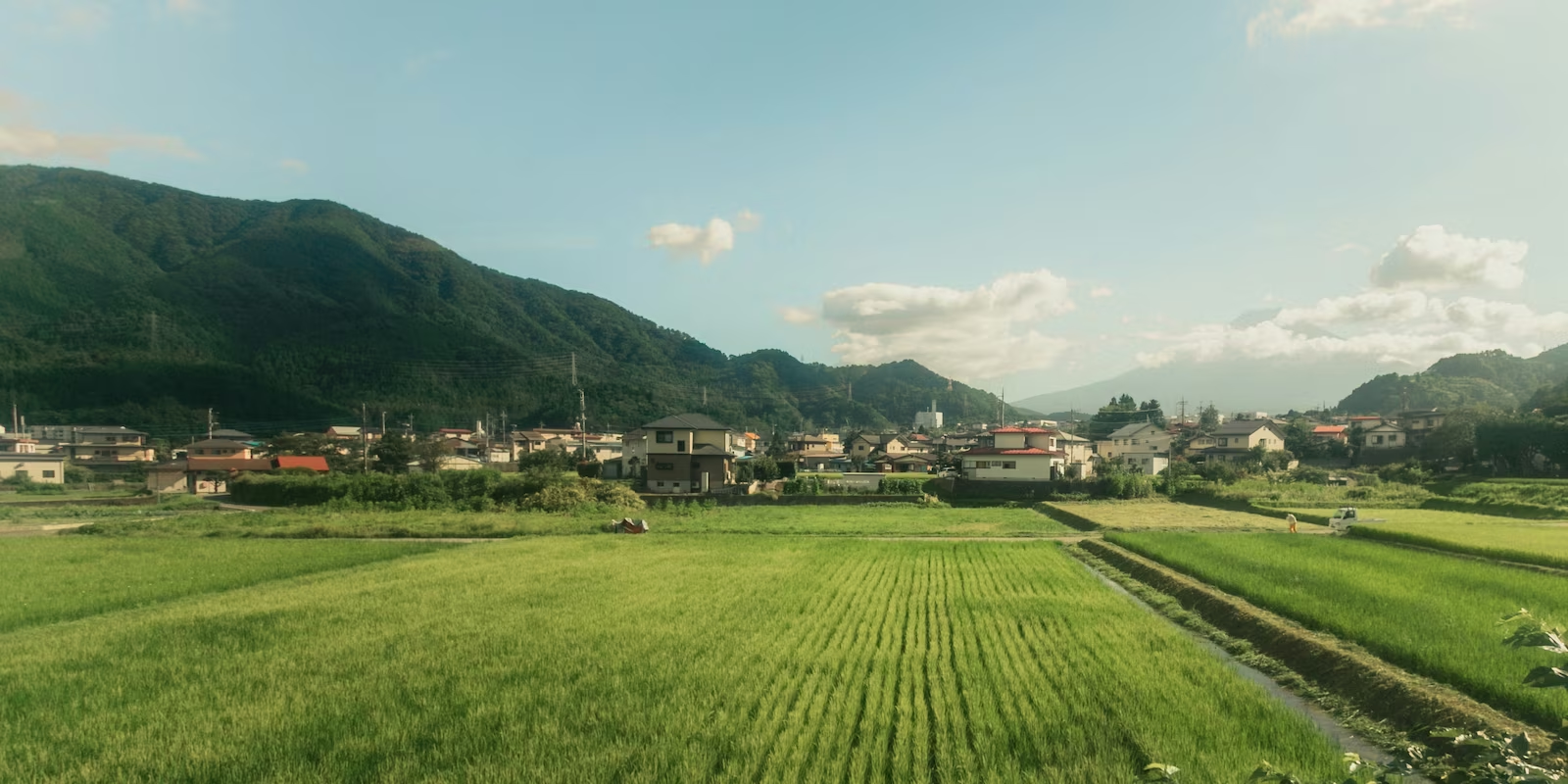

.avif)
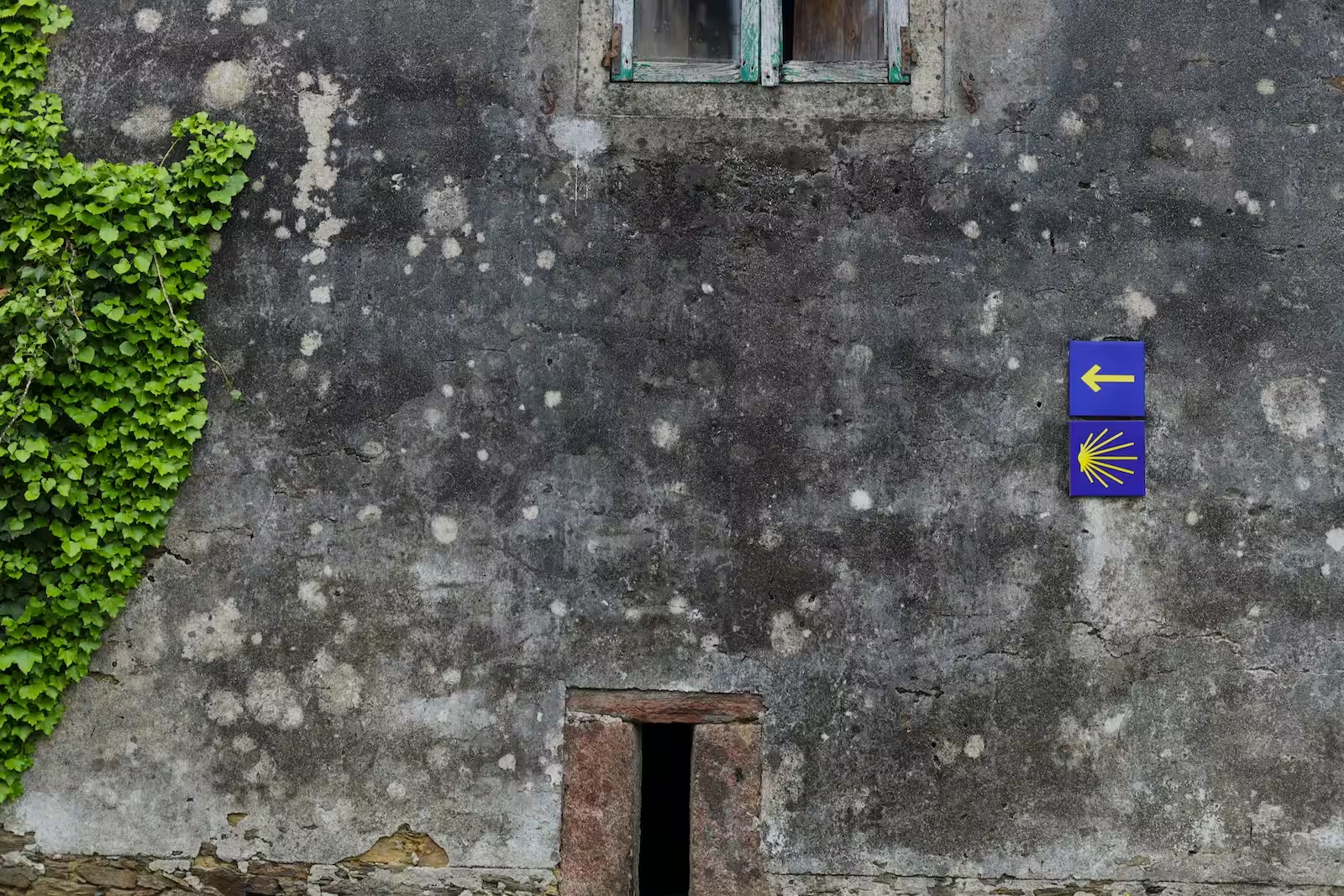


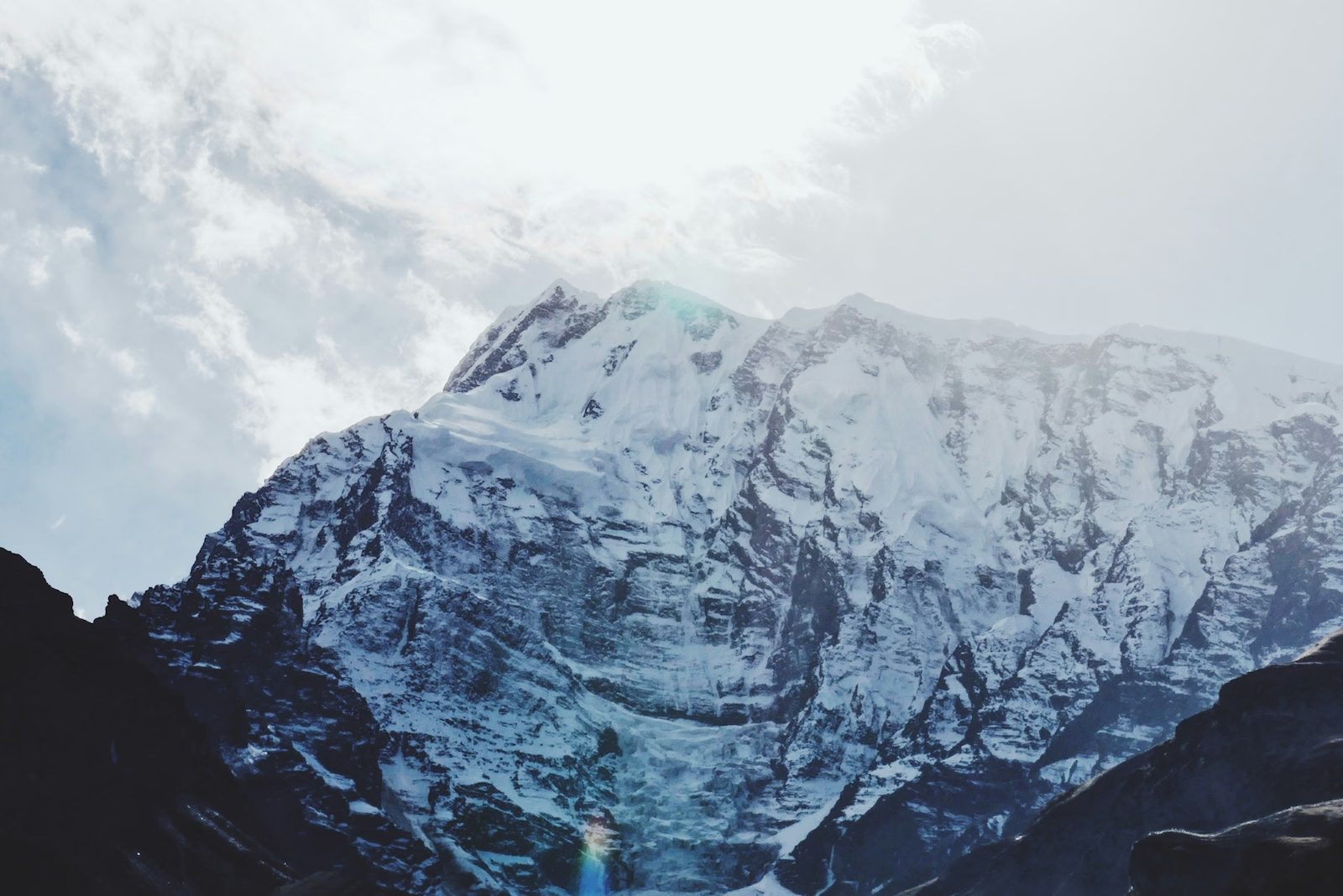
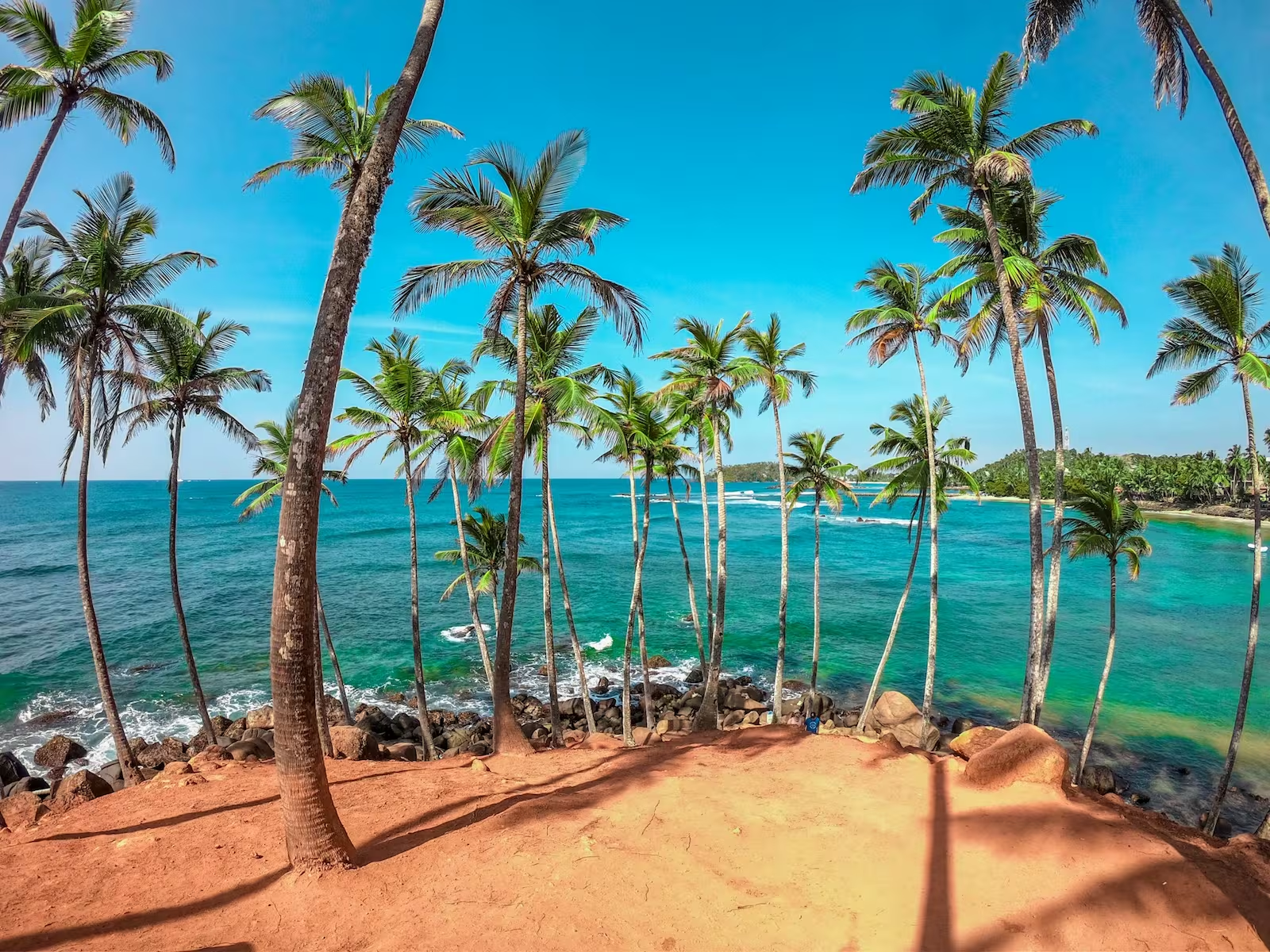

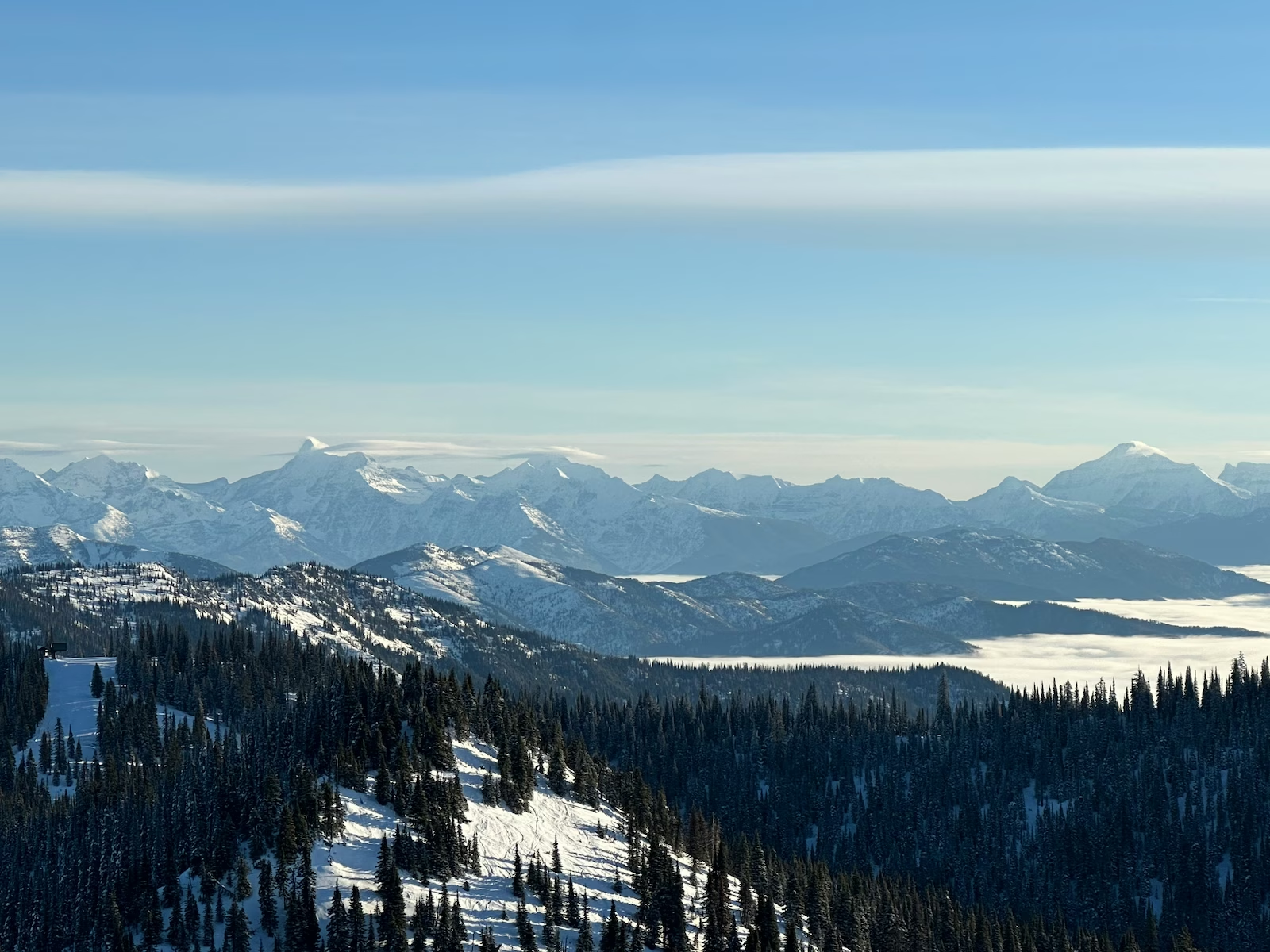
.jpg)